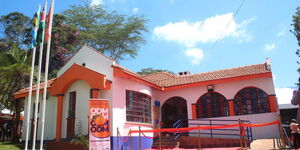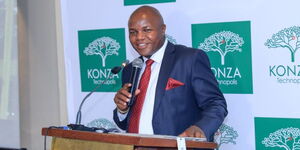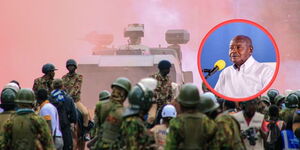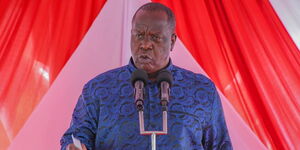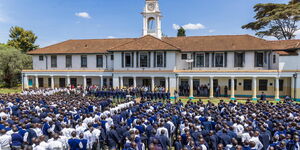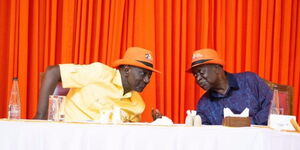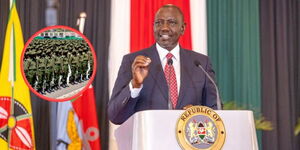On July 20, 1969, history was written when Commander Neil Armstrong and lunar module pilot Buzz Aldrin landed on the moon aboard the Apollo 11.
For many in the world, it was an all-American project given that the two men were from the US, but little is known of a Kenyan scientist by the name of Shem Arungu Olende who played a critical role in the mission.
According to the Kenya National Academy of Sciences, Arungu was a Senior Systems Analyst in the National Aeronautics and Space Administration (NASA) Apollo Space Programme
The Apollo program, also known as Project Apollo, was the third United States human spaceflight program carried out by NASA, which succeeded in landing the first humans on the Moon from 1969 to 1972.
The Kenya National Academy of Sciences indicates that Arungu was born in Kisumu on September 1939 and attended Kisii High School before going to Makerere College to study science.
It was after this that he proceeded to the University of Western Ontario, Canada, where he obtained a B.Eng.Sc. (Hons) degree in Electrical Engineering in 1965.
In 1968 he was awarded a PhD degree in Power Systems Engineering from the Imperial College of Science and Technology, University of London, England and a Diploma of Membership of Imperial College (DIC).
He then joined the University of Nairobi's Department of Electrical Engineering in 1968 as a Lecturer, rising to the level of Senior Lecturer and a Senior Research Fellow, at the same time working with NASA as a senior systems analyst.
Arunga left NASA in 1971 and joined the United Nations (UN) for a career that spanned over 30 years, where he was tasked with advising member countries on energy (including electricity) resource analysis, development, and use.
When he left his job at the United Nations, he worked as the Chairman and Chief Executive Officer of Queconslt Limited, consultants in Engineering, Energy, Economics and Environment.
He also continued to serve as the Secretary-General African Academy of Sciences until his demise on April 3, 2020, at the ripe old age of 80.
For his contributions to the world of science, he is recognized as a Fellow of the African Academy of Sciences; Fellow of the Institution of Engineering and Technology (United Kingdom), and Life Senior Member of the Institute of Electrical Electronics Engineers (USA),
In the country, he is celebrated as a Fellow of the Kenya National Academy of Sciences and a Chartered Engineer, and a Registered Professional Engineer.

